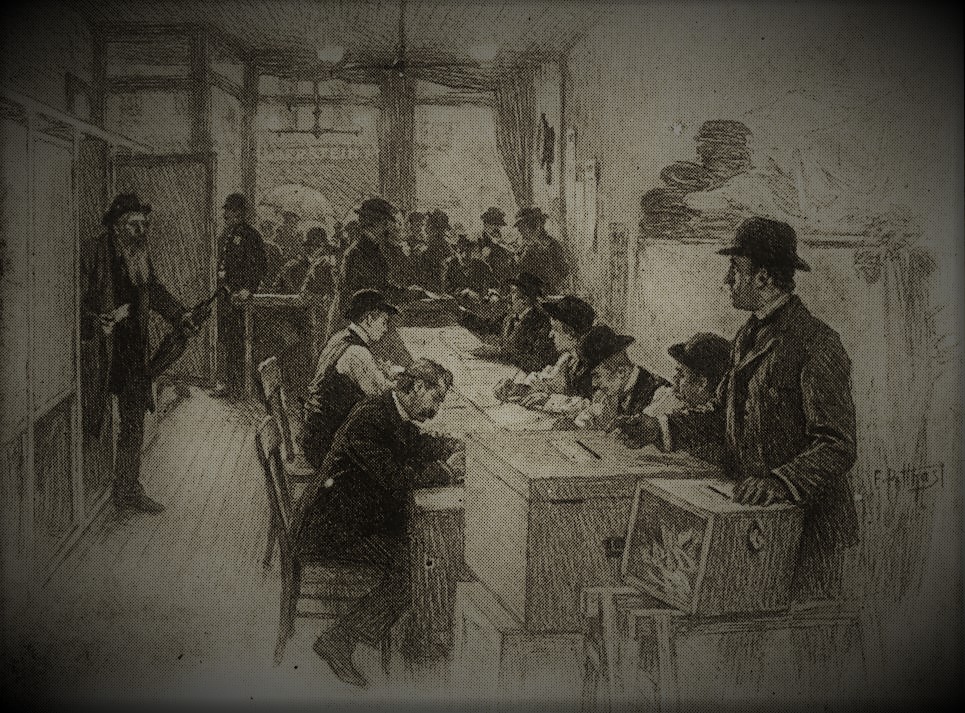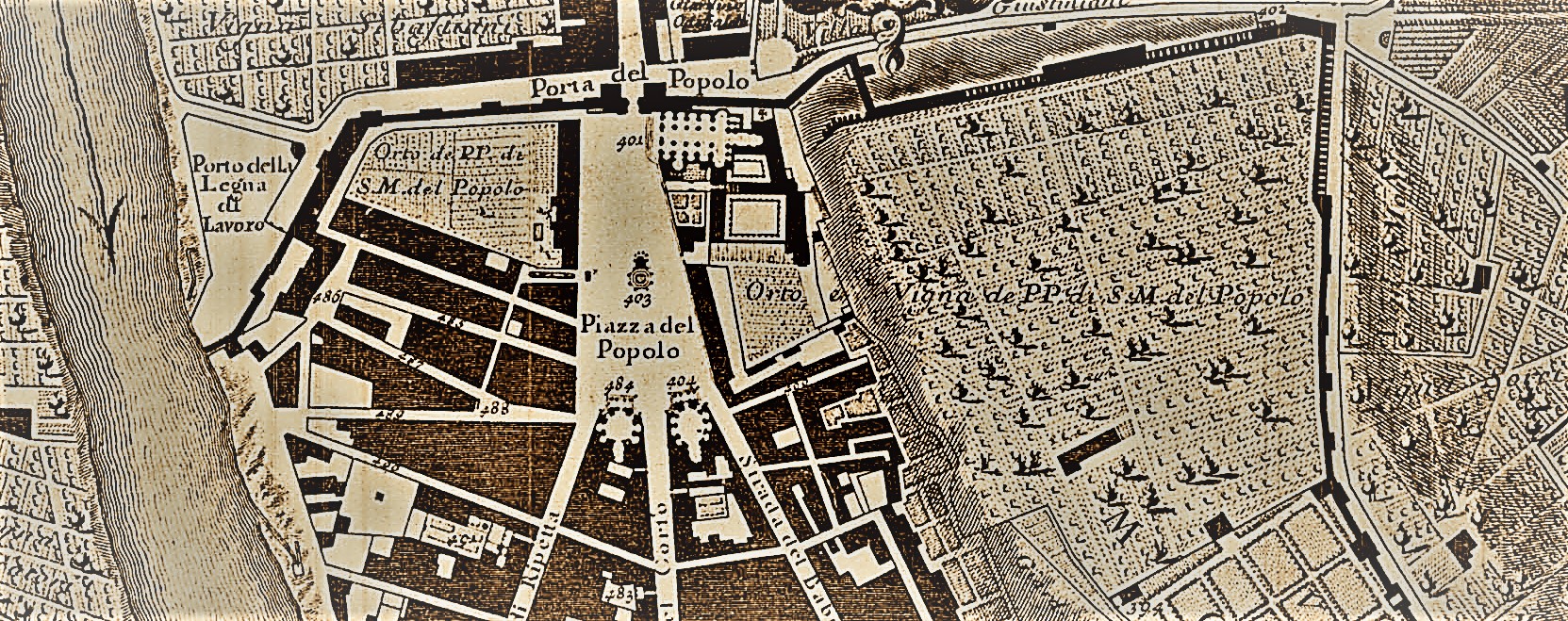The First of Many Future Posts Looking at Voting

Axiomatically, former Presidents don’t speak out against current Presidents; it’s considered gauche. Today, however, Obama gave a speech at the University of Illinois, Urbana–Champaign, and it was fiery. And he even acknowledged that it was abnormal for him to speak out. Claiming to speak “as a fellow citizen, not as a former president” (but, really, how’s that possible?) Obama implored his audience to vote “because our democracy depends on it.” And he made it clear that he considered the current political climate to be incredibly dire.
Our Fascist President
And by any rational metric, it is.
A few months ago, I fooled around with Umberto Eco’s 1995 essay in the New York Review of Books, Ur-Fascism. In this essay, Eco–who grew up in the dying embers of Mussolini and his influence–highlights 14 features of fascism. Yes, of course, our current President exemplifies in spades all of the features: traditionalism; rejection of modernism; action for action’s sake; dissent or disagreement as treason; fear of difference; elitist populism; obsession with plots; simultaneous inferiority and superiority complex toward other countries; permanent warfare (this one is currently less prevalent, though I wonder if economic warfare can fit the category); contempt for the weak; hero complex; sexism, machismo, and gun worship; contempt for government; and Newspeak. It is simply fallacy to suggest that Trump is not fascist and–though the terms are not interchangeable–an authoritarian.

As I was contemplating Ur-Fascism, I ultimately became convinced that the United States basically has 3 more electoral chances–six years–to keep this thing afloat before it’s all over. I also ultimately abandoned the writing project because it was simultaneously far too bleak, and far too obvious. Congress is obviously, gleefully, and perversely showing its belly, and is doing everything it can to ensure that the Judiciary does the same. Authoritarianism is here, it’s glaringly obvious, and it’s painful to grapple with.
But, since the most understated, reticent, and aloof President in my memory basically just came out with a barnstormer (by his standards) of a speech that ultimately came to the same conclusion–but culminating with his message from 2016 (“don’t boo, vote”)–I thought I’d revisit something else I’ve been looking at: voting.
A Bit of History
The United States Constitution is a powerful document, one that has persisted for an astonishingly long time as far as democratic societies are concerned. Amended only 27 times (two of which were used to cancel each other out) in the past 200-some-odd years, it is a robust framework for a fairly workable government. When that government comprises honest brokers.
It is, however, not without its faults. The method by which Americans elect their president, the electoral college, for example, is arcane and—in the past 18 years—has led to the election of two Presidents who were unable to garner the majority of the popular vote.
(It is illuminating that in all of America’s conquests, we have never thought it beneficial to suggest that another country implement its own version of the electoral college. Rather, whenever we leave a democratic system behind us, it is Parliamentary in nature. Parliamentary systems, too, have their own problems but they aren’t the point of this essay.)
The Electoral College Is Not the Entire Problem
The Electoral College creates frustrating results from time to time, but its existence is not the entire problem. The majority of the problem is voter participation, and perhaps the existence of the Electoral College is partially to blame for it. More on that later.
Voting eligibility in the United States is limited to those who are citizens, and those who are over the age of 18. Some States prohibit those who have felony convictions from voting as well. Nonetheless, there will never be a time when 100% of the population in the United States votes for a President. It’s just impossible. Absent a Handmaid’s Tale type of mass infertility epidemic, there will never be a time in the United States when some significant segment of the population is not under the age of 18.
Voting in the 2000 Election
Let’s look back to the last time we had a President that did not win the popular vote, the 2000 election. In April 1, 2000, the resident population of the United States was approximately 281,000,000. That same year, there were only 186,000,000 citizens who were of voting age. That means that, at best, 66% of people would make voting decisions for the entire 281 million who lived in the United States. That, at least, is a super-majority.
Of that 186,000,000 who were able to vote, though, only 130,000,000 were registered to vote. (It seems strange to think that a person should have to register with the government to exercise a constitutional right, and it is strange. But that, too, is a topic for another essay.)
This means that the 130 million registered voters represented 69.7% of the eligible population. In other words, 70 percent of eligible citizens would be making decisions for all eligible citizens. More starkly, that 130 million represented only 46.2% of the total resident population in the United States.
That should be tough to swallow. Less than half the population would be making decisions about the issues facing the entirety of the United States.
It gets worse, though, because in the 2000 election, only 111 million people bothered to show up and vote. In other words, 19 million registered voters stayed home, equivalent to the entire population of the State of New York. Or, in more stark terms, as if the entire combined populations of Nevada, New Mexico, West Virginia, Nebraska, Idaho, Maine, New Hampshire, Hawaii, Rhode Island, Montana, Delaware, South Dakota, North Dakota, Alaska, Vermont, District of Columbia, and Wyoming didn’t exist.
Thinking of it a different way, 75 million people who could have voted, didn’t.
In the 2000 election, Al Gore received approximately 500,000 more votes than George W. Bush, at 50,999,897 to 50,456,002. George W. Bush, however, received 271 electoral votes, and became the 44th President of the United States. That means that the voters who voted for George W. Bush accounted for only approximately 18% of the total resident population of the United States.
This graph shows just how small the candidate share compared to the population at large:

Next Up
The next post is going to be data heavy and will look at the 2004, 2008, 2012, and 2016 presidential elections. See you soon.
